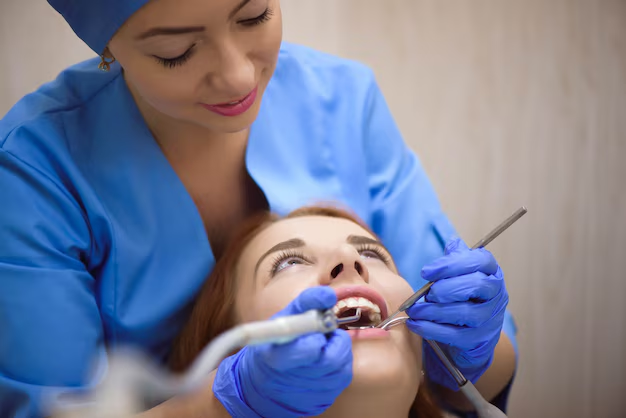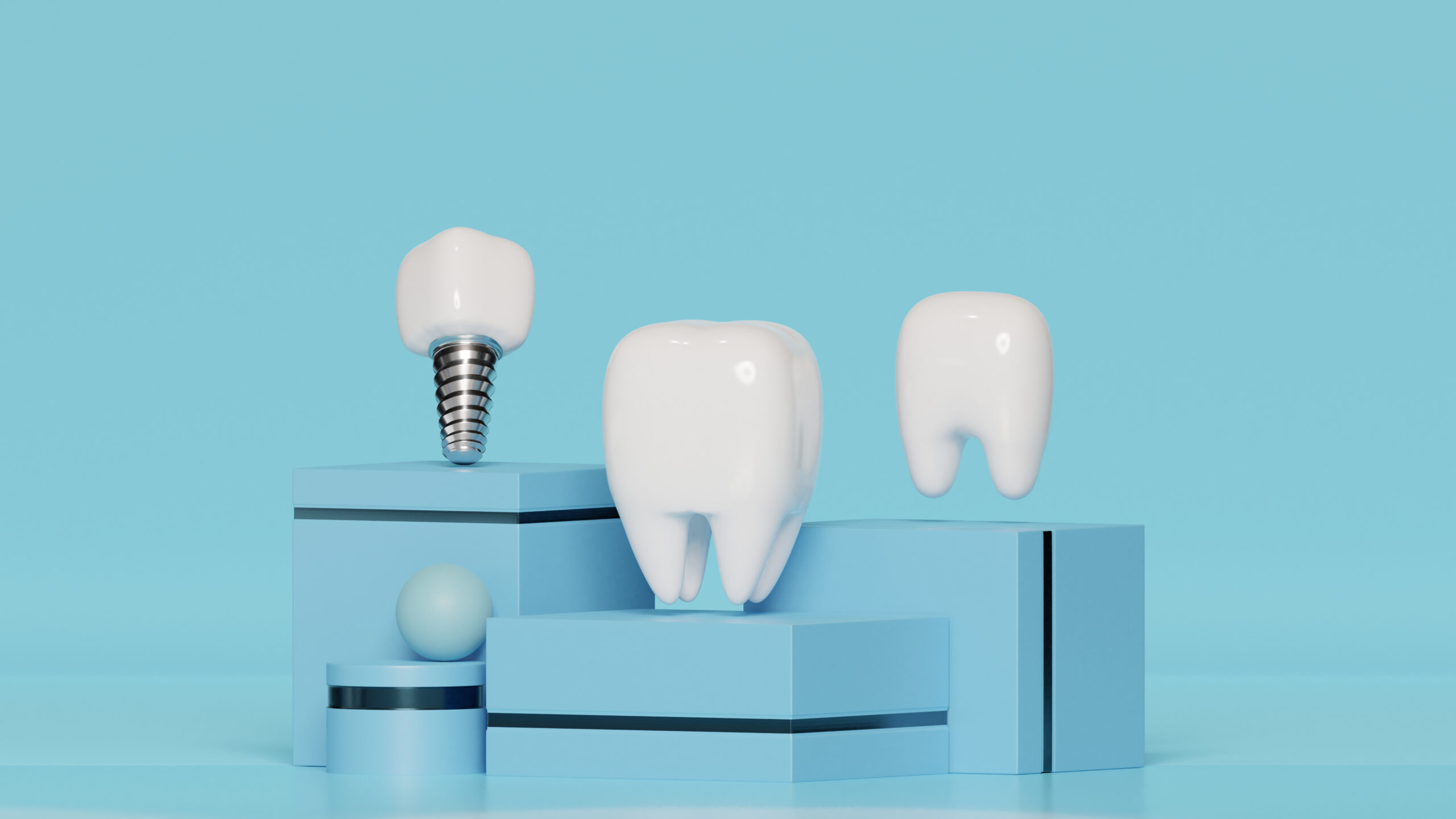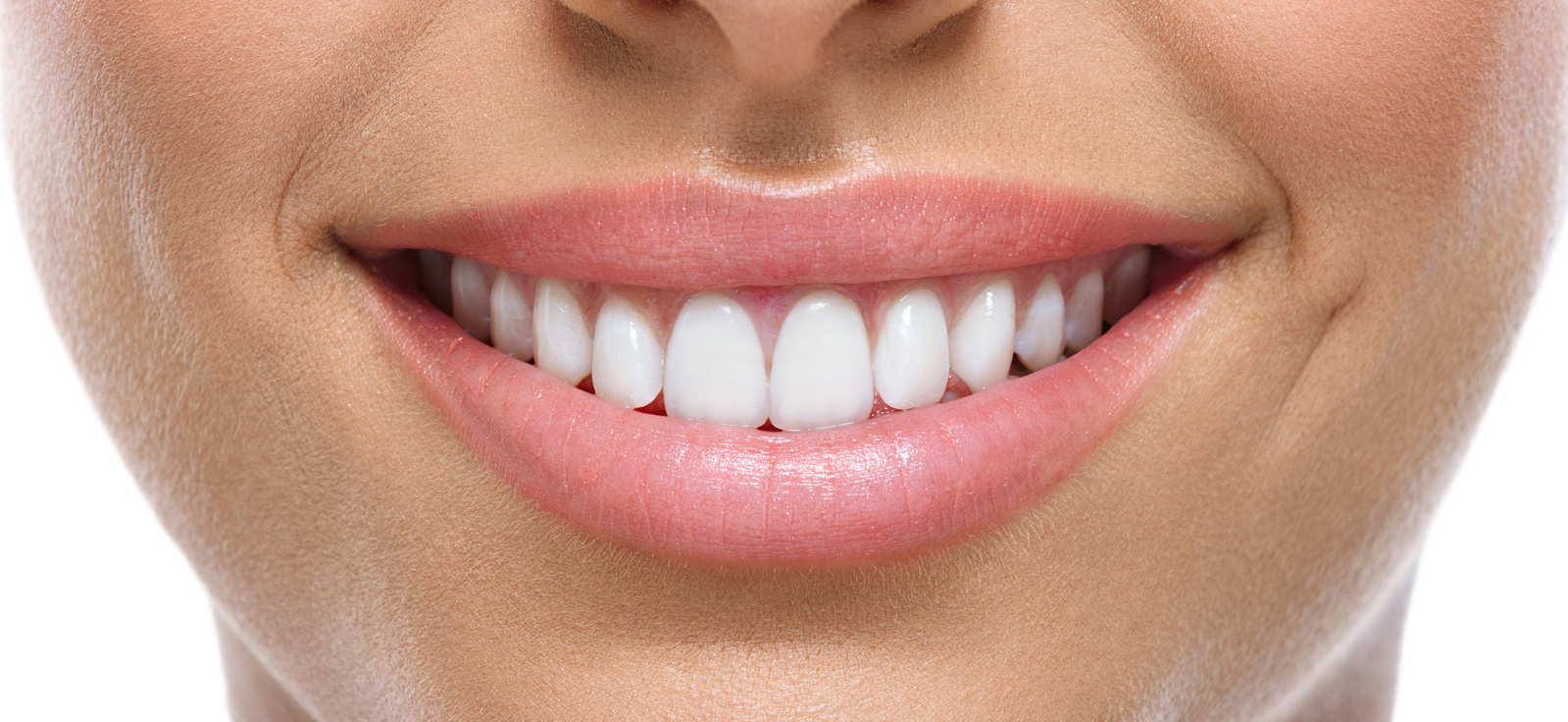Cosmetic dentistry has undergone a remarkable evolution, transforming from rudimentary practices to sophisticated techniques that can create stunning smiles. Throughout history, humans have sought ways to enhance their dental aesthetics, and this quest has led to significant advancements in the field of dentistry. From ancient civilizations to modern innovations, the journey of cosmetic dentistry is a fascinating exploration of human ingenuity and the pursuit of beauty.
Ancient Beginnings:
The roots of cosmetic dentistry can be traced back to ancient civilizations such as the Egyptians, Greeks, and Romans. These cultures valued dental aesthetics and developed rudimentary methods to address dental imperfections. Archaeological evidence suggests that ancient Egyptians used gold wire to stabilize loose teeth and attempted rudimentary dental prosthetics made from materials like ivory and wood.
In ancient Greece, renowned philosophers like Hippocrates and Aristotle wrote about dental anatomy and advocated for oral hygiene practices. Greek physicians also experimented with tooth whitening using abrasive pastes made from ingredients like pumice and vinegar.
The Middle Ages and Renaissance:
During the Middle Ages, dental care took a backseat as superstitions and primitive beliefs dominated. However, by the Renaissance period, interest in dental aesthetics was reignited as advancements in art and science fueled a renewed appreciation for beauty.
Artists such as Leonardo da Vinci and Albrecht Dürer depicted detailed anatomical drawings, including dental structures, which contributed to a better understanding of dental anatomy. Meanwhile, barber-surgeons began performing tooth extractions and basic dental procedures.
The Birth of Modern Dentistry:
The 18th and 19th centuries witnessed significant advancements in dentistry, laying the groundwork for modern cosmetic dentistry. Innovations such as the invention of the dental drill by George Washington’s dentist, John Greenwood, revolutionized dental procedures, making them more efficient and less painful.
In the mid-19th century, the development of dental materials like vulcanite allowed for the fabrication of more durable dental prosthetics. Additionally, the discovery of anesthesia and the introduction of dental anesthesia techniques by pioneers like Horace Wells and William Morton transformed dental surgery, making it more comfortable for patients.
The Rise of Cosmetic Dentistry:
The 20th century saw the emergence of cosmetic dentistry as a distinct branch of dentistry focused on enhancing dental aesthetics. In the early 1900s, innovations such as porcelain veneers and dental bonding began to revolutionize smile enhancement procedures.
However, it was not until the latter half of the century that cosmetic dentistry truly flourished. Breakthroughs like tooth-colored restorations, dental implants, and orthodontic advancements such as braces and clear aligners transformed the landscape of cosmetic dentistry, offering patients more options than ever before.
Modern Techniques and Technologies:
Today, cosmetic dentistry has reached unprecedented heights, thanks to advancements in technology and techniques. Digital imaging technology allows dentists to create precise treatment plans and provide patients with realistic previews of their potential smile transformations.
Laser dentistry has revolutionized procedures like gum contouring and teeth whitening, offering faster treatment times and improved precision. Additionally, CAD/CAM technology enables the fabrication of custom-made dental restorations with unparalleled accuracy and aesthetics.
Furthermore, minimally invasive techniques have become increasingly popular, allowing dentists to achieve dramatic smile makeovers with minimal discomfort and downtime. From invisible braces to same-day crowns, patients now have access to a wide range of cosmetic dental treatments tailored to their individual needs and preferences.
Conclusion:
The evolution of cosmetic dentistry in Dallas from ancient times to the present day is a testament to human innovation and the desire for beauty and self-improvement. What began as crude attempts to address dental imperfections has evolved into a sophisticated field of dentistry that can transform smiles and improve quality of life.
As technology continues to advance and scientific understanding deepens, the future of cosmetic dentistry holds even more promise. With ongoing research and innovation, cosmetic dentists will continue to push the boundaries of what is possible, helping patients achieve the smiles of their dreams for generations to come.



